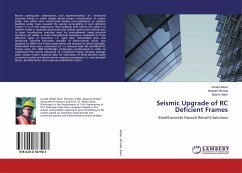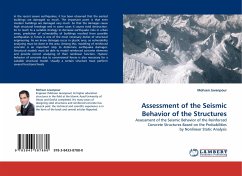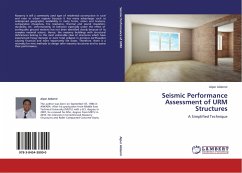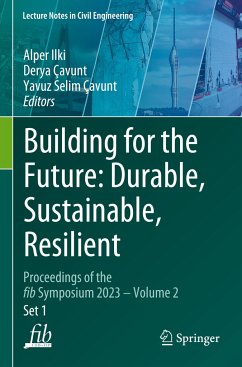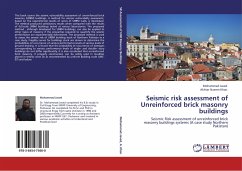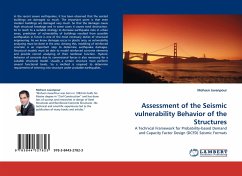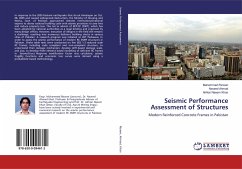
Seismic Performance Assessment of Structures
Modern Reinforced Concrete Frames in Pakistan
Versandkostenfrei!
Versandfertig in 6-10 Tagen
58,99 €
inkl. MwSt.

PAYBACK Punkte
29 °P sammeln!
In response to the 2005 Kashmir earthquake that struck Himalayan on Oct. 08, 2005 and caused widespread destruction, the Ministry of Housing and Works, Govt. of Pakistan approached relevant international/national experts to devise national building code with seismic provisions to save lives and reduce property loss. This led to advent of BCP-SP (2007), which has been adopted by national authorities as a legal binding and practiced by many design offices. However, execution of designs in the field still remains a challenge, resulting into numerous deficient building stocks in various cities of ...
In response to the 2005 Kashmir earthquake that struck Himalayan on Oct. 08, 2005 and caused widespread destruction, the Ministry of Housing and Works, Govt. of Pakistan approached relevant international/national experts to devise national building code with seismic provisions to save lives and reduce property loss. This led to advent of BCP-SP (2007), which has been adopted by national authorities as a legal binding and practiced by many design offices. However, execution of designs in the field still remains a challenge, resulting into numerous deficient building stocks in various cities of Pakistan. A research program was initiated at UET Peshawar, in order to assess the seismic performance of modern RC SMRF structures in Pakistan. Shake table tests were conducted on five (05) 1:3 reduced scale RC frames; including code compliant and non-compliant structure, to understand their damage mechanism, develop drift-based damage scale, and also, to develop finite element based modelling of deficient RC frames in SeismoStruct. Response modification factor was calculated, seismic fragility functions and economic loss curves were derived using a probabilistic based methodology.




